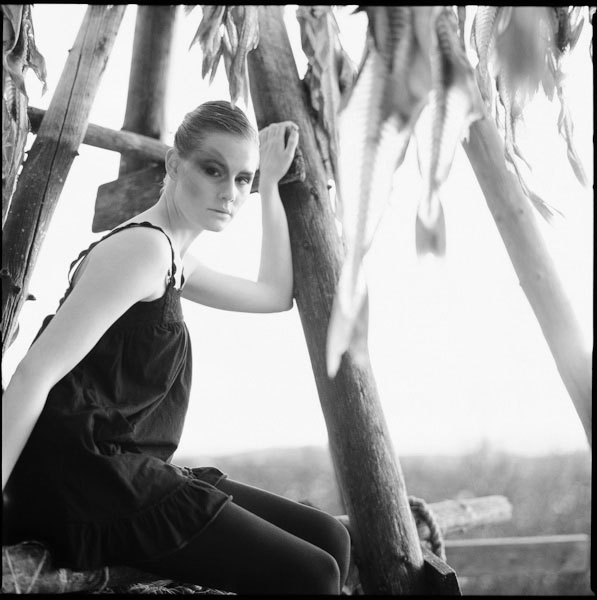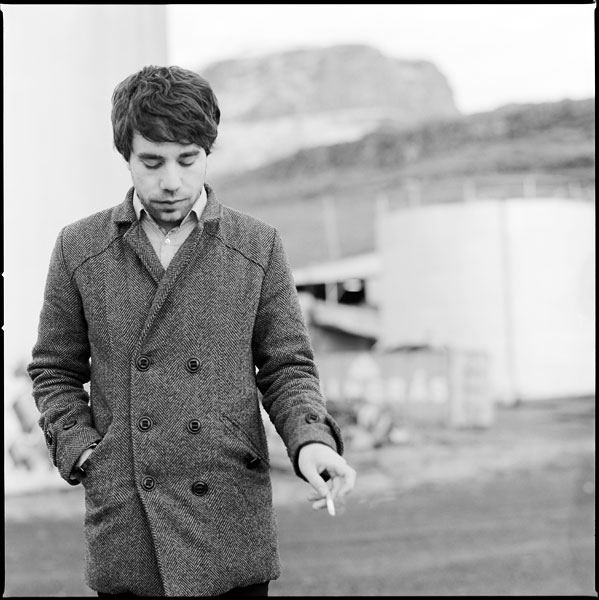GMB
Active member
and if yes, how.
The latest edition of Digital PhotoPro had an article about Douglas Kirkland and a series of shots he took with an 8x10 camera shot wide open. The article is available here http://www.digitalphotopro.com/profiles/douglas-kirkland-from-8-10-to-digital-and-back.html and there is a link to his site with further examples of what he is shooting. I find his shots very impressive because they have a wonderful timeless elegant style and atmosphere resulting from the narrow depth of field and the draw of the out of focus area.
Leaving aside that I will never get Nicole Kidman to pose for me , I wonder whether one can create a similar atmosphere with a MFDB and, if yes, whether members would be willing to share some shots.
, I wonder whether one can create a similar atmosphere with a MFDB and, if yes, whether members would be willing to share some shots.
The latest edition of Digital PhotoPro had an article about Douglas Kirkland and a series of shots he took with an 8x10 camera shot wide open. The article is available here http://www.digitalphotopro.com/profiles/douglas-kirkland-from-8-10-to-digital-and-back.html and there is a link to his site with further examples of what he is shooting. I find his shots very impressive because they have a wonderful timeless elegant style and atmosphere resulting from the narrow depth of field and the draw of the out of focus area.
Leaving aside that I will never get Nicole Kidman to pose for me




